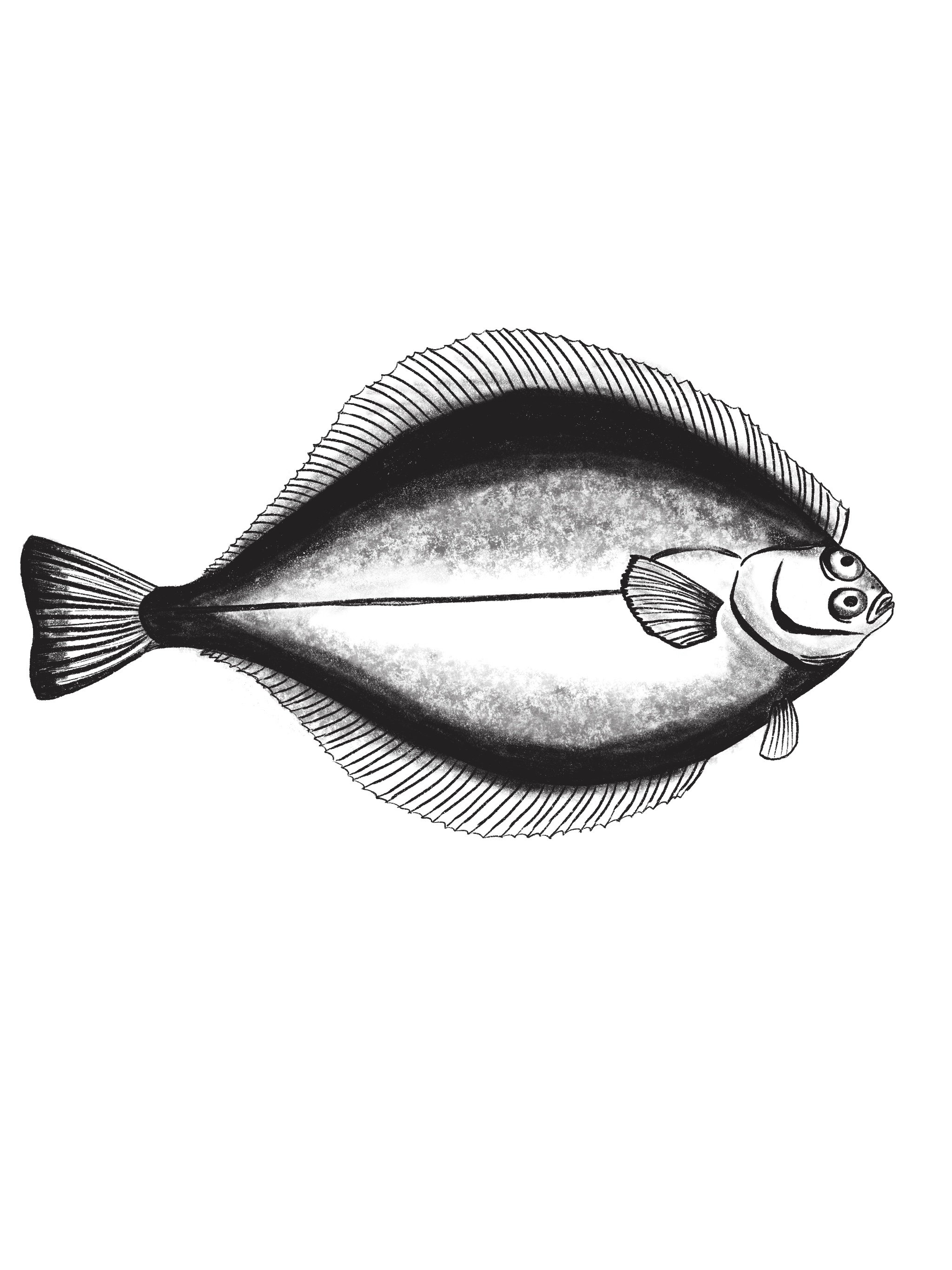
FISH & RECIPES
Delicious and easy-to-cook dinner
ideas for fresh fish and seafood at home
The best of what's in season from our fisher’s catch of the day.
We only source fish when it’s in season to ensure we sustain healthy fish stocks. This means that some weeks you might cook a fish you are familiar with, and other weeks you may receive a species you haven’t tried before.
Make the most of your share by selecting a fish to find out more about the species, how they're caught and how to prepare and cook them. Our list only includes species that are native to Great Britain.
Illustrations by Lucie Galand https://www.lalalu.org/
Fresh fish with traceability
Our fish is with you in a day or two of it being caught.
All our fish is fresh, never frozen. Our fish comes direct from British fishers, avoiding large wholesalers. Sometimes weather gets in the way of this, but we work hard to get you the freshest fish possible.
We operate a whole catch ethos, meaning we buy in a wide range of species rather than cherry picking the well-known, often overfished species. We think this is a more sustainable way of doing business.
As fishers catch different species every day and throughout the year, you'll be getting a variety of seafood throughout the season.
All our seafood is caught in a way that's environmentally sustainable. By working directly with local fishermen, we can ensure its economically sustainable for them too.



































